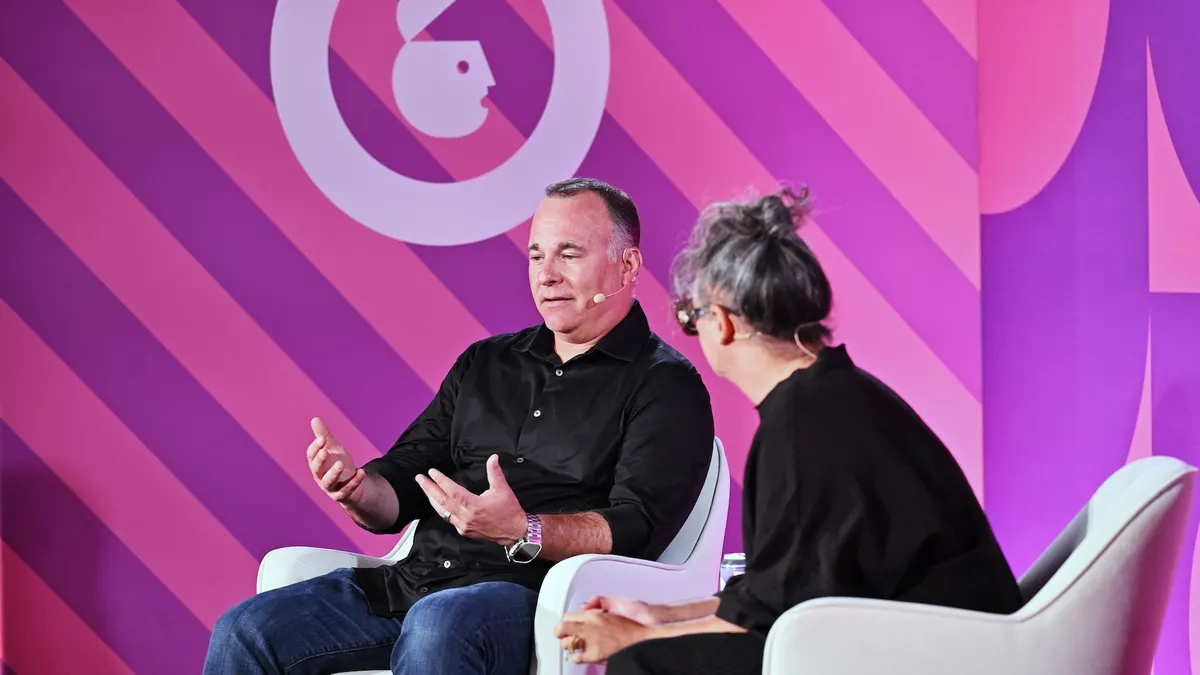Dive Brief:
- Red Bull TV, the digital entertainment service by the maker of energy drinks, announced its summer lineup of music festivals set to stream live. The schedule of eight events includes the 26th anniversary of the Lollapalooza festival in Chicago on August 3-6 and a first with the June 16-18 live streaming of the Electric Daisy Carnival dance music festival, according to a press release by the company.
- The streamed content is available on mobile apps for Android and iOS devices. It’s also available on Amazon Fire TV in the U.S., Apple TV, Chromecast, Kindle Fire, Xbox 360 and some brands connected to smart TVs. In addition, the content is available online for desktop.
- Red Bull is encouraging music fans to keep an eye on @RedBullTV's social channels to find out the performance lineup several days before each festival. Fans can also explore on-demand archives of the best moments from past festivals.
Dive Insight:
Red Bull has leveraged its dominance in caffeine-charged drinks to create a lifestyle brand associated with live entertainment, including sporting events and concerts. In pursuing a youthful and tech-savvy audience, it has to migrate its programming to mobile devices. Music festivals, in particular, are very popular with young consumers and Red Bull is helping keep its brand top of mind by bringing them relevant content. Research suggests 51% of Americans attended a music festival in 2015 and the typical audience is dominated by millennials.
For many fans, music festivals have become a lifestyle experience and one for which documenting and sharing the experience via videos shot from a smartphone and shared on social media are a big part. By providing original, live content like streams from festivals, Red Bull is trying to insert itself into the experience.
Overall, the mobile video audience is still small compared with broadcast TV, but consumption of video content has grown. Audiences surveyed by Nielsen increased their video viewing by 50% last year from 2015 to 93 minutes a week on average. Watching TV on computers and other mobile devices also grew at the expense of traditional TV. Average traditional TV viewing fell 6.5% last year to 1,211 minutes a week.
The biggest drop in TV viewing was seen among teenagers. They watched 13 hours and 54 minutes of traditional TV a week in Q4, an 11% decline from the prior year and a 38% drop from five years ago, the Nielsen data show. That kind of migration away from traditional TV means that brand advertisers need to embrace other media channels like mobile to reach the next generation of consumers.











